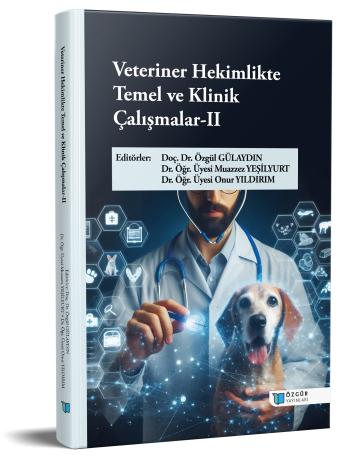
Corynebacterium Pseudotuberculosis in Farm Animals
Chapter from the book:
Gülaydın,
Ö.
&
Yeşilyurt,
M.
&
Yıldırım,
O.
(eds.)
2025.
Basic and Clinical Studies in Veterinary Medicine-II.
Synopsis
Corynebacterium pseudotuberculosis is a bacterium that causes lymphadenitis and abscess formation in farm animals such as sheep, goats, horses, and cattle. This pathogen, which causes infectious diseases in farm animals, leads to economic losses by reducing meat and wool production in animals, increasing treatment costs, and decreasing carcass value due to animal weakness. Phospholipase D (PLD) is an important exotoxin that plays a role in the pathogenesis of the infection. Although the disease is rare in humans, occupational groups in close contact with animals are particularly at risk. Transmission between animals usually occurs when the purulent contents of abscesses in infected animals come into contact with skin wounds in healthy animals. It can also be transmitted to healthy animals via contaminated surfaces such as barn floors, feeders, and shearing tools, as well as vectors. Diagnosis of C. pseudotuberculosis infection is usually based on clinical signs and laboratory tests. A preliminary diagnosis is made based on the animal's general condition and the presence of abscesses on its body. The presence of the bacterium is determined by culture for a definitive diagnosis. Vaccination, environmental sanitation and isolation of infected animals are the most effective methods for preventing C. pseudotuberculosis infection. Treatment primarily involves abscess management and antibiotic administration. This section comprehensively addresses C. pseudotuberculosis infection, which is highly contagious in farm animals. The mechanism by which the infection forms abscesses in the lymph nodes and internal organs under the effect of the PLD exotoxin has been investigated. Furthermore, it has been determined that the infection spreads among animals through direct contact, contaminated equipment, shearing wounds and vectors, and it is emphasised that this leads to serious economic losses. In conclusion, vaccination, hygiene, and early diagnosis are highlighted as crucial for controlling the infection.

